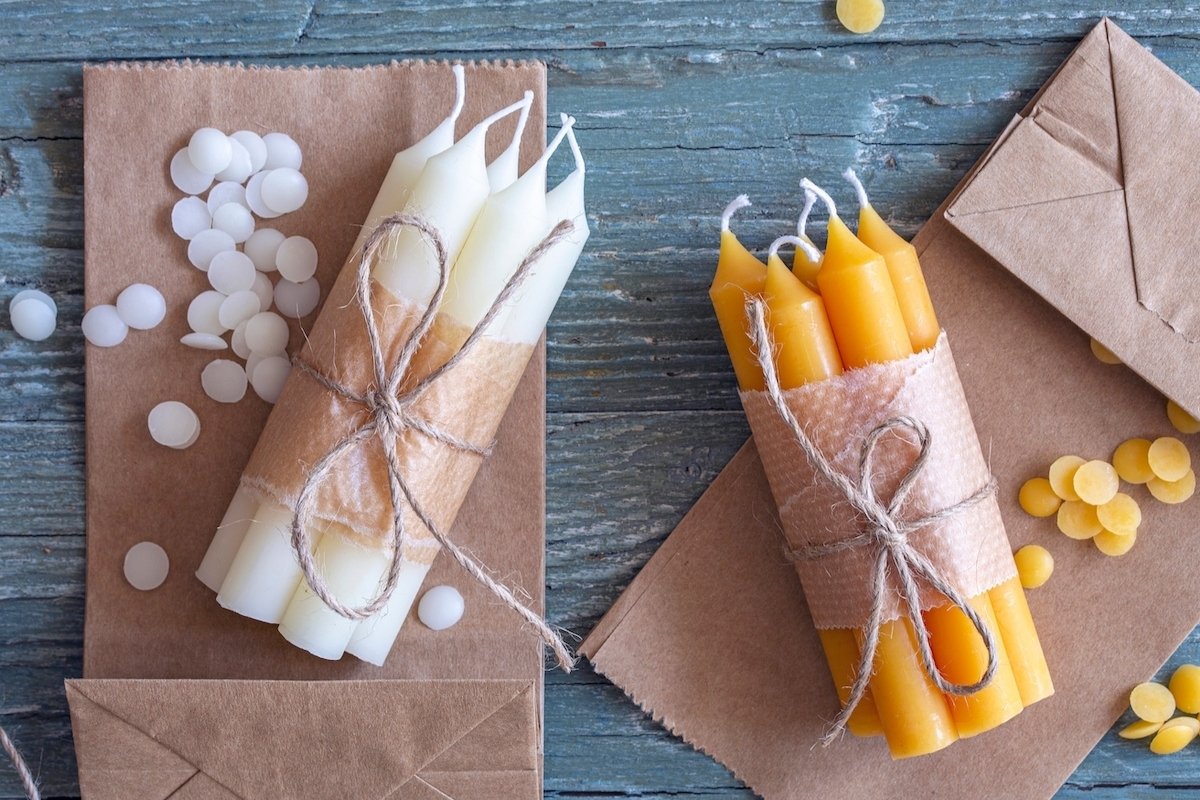
Did you know that candlemaking dates back over 5,000 years? This ancient craft has illuminated human history, from the flickering flames of ancient Egypt to the scented candles in our homes today. Candles have been used for light, rituals, celebrations, and even as timekeepers. The materials and methods have evolved, but the essence of candlemaking remains timeless. Whether you're a history buff, a DIY enthusiast, or just love the cozy glow of a candle, these 33 facts will enlighten you about the fascinating world of candlemaking. Get ready to ignite your curiosity and learn something new!
The History of Candlemaking
Candlemaking has been around for centuries. It has evolved from a necessity to an art form. Here are some fascinating facts about its history.
- Ancient Egyptians used rushlights, which were made by soaking the pithy core of reeds in melted animal fat.
- Romans are credited with developing the first true candles, made from tallow or beeswax.
- China and Japan used wax from insects and seeds to make candles as early as 200 BC.
- Middle Ages saw the rise of beeswax candles in Europe, which burned cleaner and were less smoky than tallow candles.
- Colonial America used bayberry wax, which was a luxury due to the labor-intensive process of extracting the wax.
Materials Used in Candlemaking
Different materials have been used throughout history to make candles. Each material has its own unique properties.
- Tallow, derived from animal fat, was one of the earliest materials used for candles.
- Beeswax is a natural wax produced by honeybees and is known for its pleasant smell and clean burn.
- Paraffin wax, a byproduct of petroleum, became popular in the 19th century due to its affordability and availability.
- Soy wax, made from soybean oil, is a renewable resource and burns longer than paraffin.
- Palm wax is derived from palm oil and is known for its crystalline appearance.
The Science Behind Candlemaking
Candlemaking isn't just an art; it's also a science. Understanding the chemistry can help create better candles.
- Wicking is crucial for a candle to burn properly. The wick draws the melted wax up to fuel the flame.
- Combustion occurs when the wax vaporizes and reacts with oxygen, producing light and heat.
- Fragrance oils can be added to wax to create scented candles, but they must be compatible with the wax type.
- Dyes can be used to color candles, but they should not affect the burning properties.
- Additives like stearic acid can be used to harden the wax and improve the candle's appearance.
Candlemaking Techniques
There are various techniques to make candles, each offering different results.
- Dipping involves repeatedly dipping a wick into melted wax until the desired thickness is achieved.
- Molding uses molds to shape the wax into specific forms.
- Pouring is a common method where melted wax is poured into a container with a wick.
- Rolling involves rolling sheets of beeswax around a wick to create a candle.
- Layering allows for the creation of multi-colored candles by pouring different colored waxes in layers.
Candlemaking Around the World
Different cultures have their own unique candlemaking traditions and practices.
- India uses ghee, a type of clarified butter, to make traditional candles for religious ceremonies.
- Japan has a tradition of making candles from sumac wax, known for their bright flame.
- Africa uses shea butter and other natural oils to create candles.
- Mexico has a rich tradition of creating elaborate candles for festivals and celebrations.
- Scandinavia is known for its high-quality beeswax candles, often used in Christmas decorations.
Modern Candlemaking Trends
Candlemaking has seen a resurgence in popularity, with new trends emerging.
- Eco-friendly candles are made from sustainable materials like soy and beeswax.
- Aromatherapy candles are infused with essential oils to promote relaxation and well-being.
- Wooden wicks are becoming popular for their unique crackling sound when burning.
- Hand-poured candles emphasize craftsmanship and quality over mass production.
- Custom candles allow consumers to create personalized scents and designs.
Fun Facts About Candles
Candles are more than just a source of light; they have interesting and fun aspects too.
- Birthday candles date back to ancient Greece, where people would place candles on cakes to honor the moon goddess Artemis.
- Candles in space burn differently due to the lack of gravity, creating a spherical flame.
- Candle clocks were used in ancient times to measure time, with marks indicating the hours as the candle burned down.
The Final Flicker
Candlemaking isn't just a craft; it's a blend of history, science, and art. From ancient Egyptians using beeswax to modern DIY enthusiasts experimenting with scents, the journey of candles has been fascinating. Knowing that soy wax burns cleaner or that paraffin wax is derived from petroleum can help you make informed choices. Plus, understanding the role of wicks, fragrance oils, and dyes can elevate your candle-making game. Whether you're making candles for relaxation, decoration, or as gifts, these 33 facts offer a solid foundation. So, next time you light a candle, remember the rich history and intricate process behind that simple flame. Happy candlemaking!
Was this page helpful?
Our commitment to delivering trustworthy and engaging content is at the heart of what we do. Each fact on our site is contributed by real users like you, bringing a wealth of diverse insights and information. To ensure the highest standards of accuracy and reliability, our dedicated editors meticulously review each submission. This process guarantees that the facts we share are not only fascinating but also credible. Trust in our commitment to quality and authenticity as you explore and learn with us.
